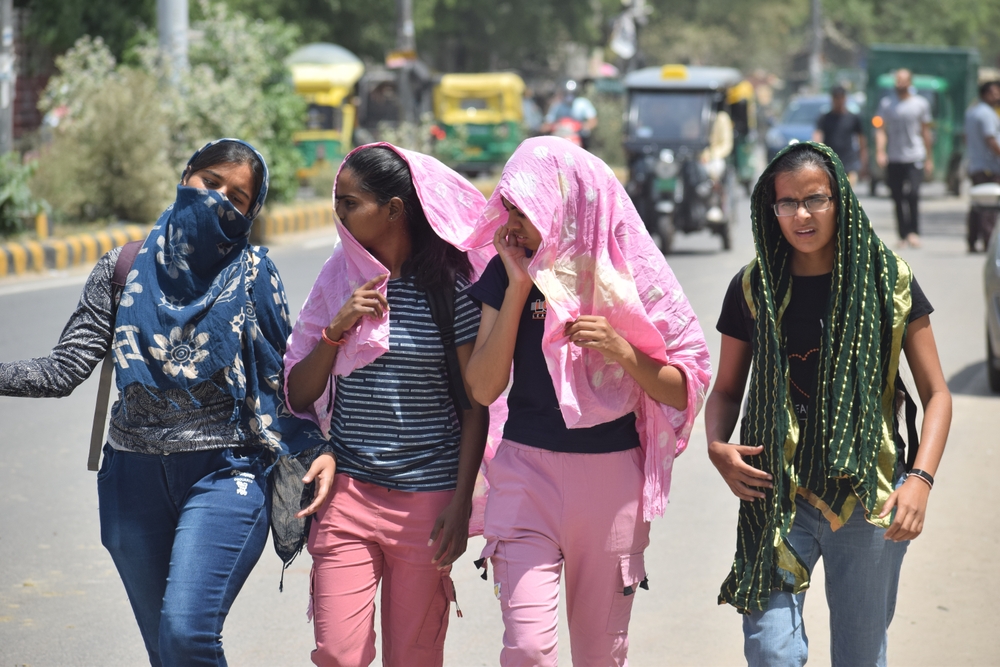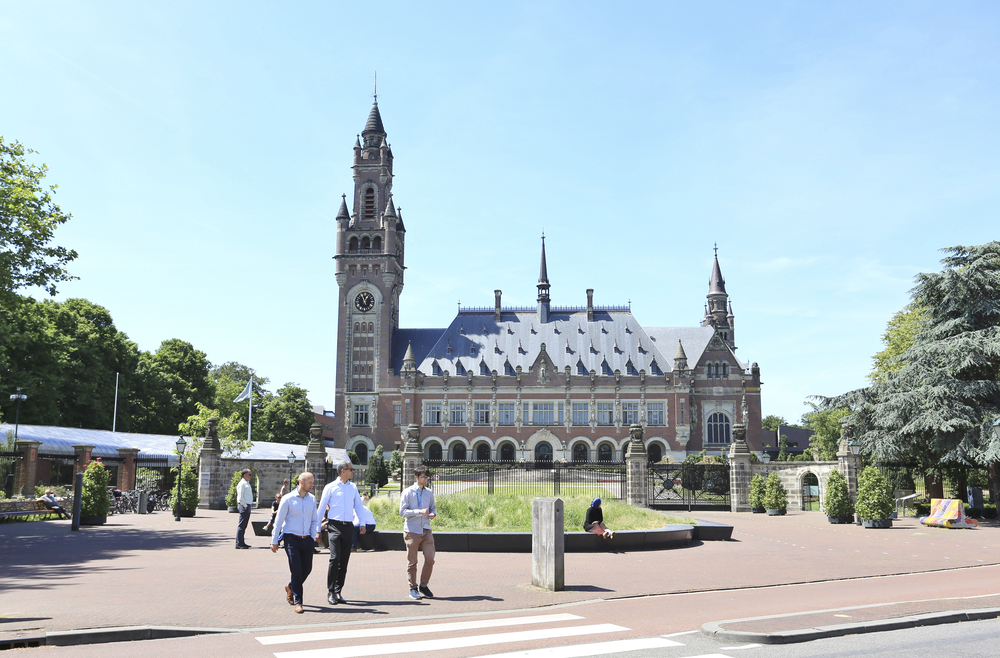What part of the global population is likely to have to survive Saharan temperatures as a result of climate change? Professor Marten Scheffer (Aquatic Ecology and Water Quality Management) analysed this question three years ago with a team of international researchers. This much-debated study was recently updated. Nature Sustainability publishes an article on the study this week.
The researchers hope to prompt new, unorthodox questions about climate change and the climate gap with this study. ‘The cost of climate change is frequently expressed in monetary terms. But economic costs hardly reflect the effects on human well-being,’ says Scheffer. ‘Our findings underscore the need for better and more stringent policies to mitigate the inequality in the effects of climate change. This article is to inspire a turnaround in how we think about global investments in the climate’, he stresses.
Climate change causes an increase in the number of places where populations are exposed to dangerously high temperatures in excess of 29°C. Temperatures of this magnitude are linked to increased mortality rates, reduced crop yields, conflicts and an increase in the spread of infectious diseases. Currently, 1 per cent of the Earth’s population, some 60 million people, inhabit dangerously hot areas. This study shows that each 0.1°C increase in temperature above the current level causes that number to increase by 140 million.
Paris
With an unchanged climate policy, the Earth is heading for a global temperature increase of approximately 2.7°C. If the trend continues, some 2 billion people will inhabit dangerously hot areas by the end of this century, the researchers calculated. Should we succeed in limiting the global temperature increase to 1.5°C, as stipulated in the Paris Agreement, this number may be reduced by four fifth. ‘Decisive climate policy has a huge potential to mitigate the human cost and inequities that result from climate change’, the article concludes.
Economic expenses hardly reflect the effects of climate change on the well-being of humans
Marten Scheffer, professor of Aquatic Ecology and Water Quality Management
Two concrete examples illustrate this claim. In India, which is already a hotspot of dangerously high temperatures, an increase of 2.7°C would result in 600 million people living under dangerously hot conditions, against 90 million if the temperature increase does not exceed 1.5°C. At the same time, a 2.7°C temperature increase would put 300 million Nigerians in peril, against 40 million at a 1.5°C temperature increase.
Climate refugees
The analysis uncovers even more, says Scheffer. ‘The emissions caused by 3.5 persons suffices to put one person in perilously hot living circumstances by the end of this century. Moreover, in practice, that person would be living in a country in which emissions are no more than half of the international average. Only 1.2 Americans are needed to achieve the abovementioned situation. Would that not make it fair that the United States accepts a larger share of the displaced in the future?’ he asks rhetorically.
In addition to Scheffer, researchers from the universities of Exeter, Nanjing and Aarhus and the Global Systems Institute contributed to the study. The article was published in Nature Sustainability under the title Quantifying the Human Cost of Global Warming.

 Scorching heat in Gurgaon, India. 122-year-old temperature records were shattered this spring. Photo Shutterstock
Scorching heat in Gurgaon, India. 122-year-old temperature records were shattered this spring. Photo Shutterstock 

